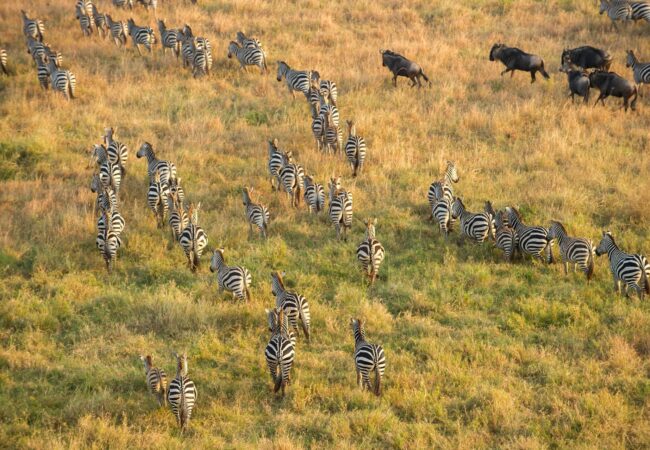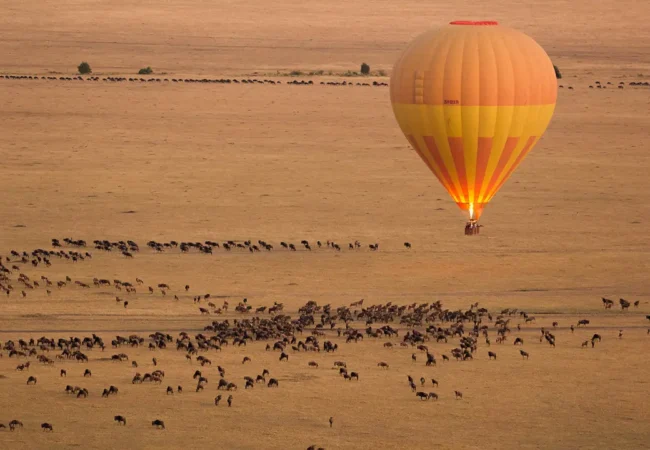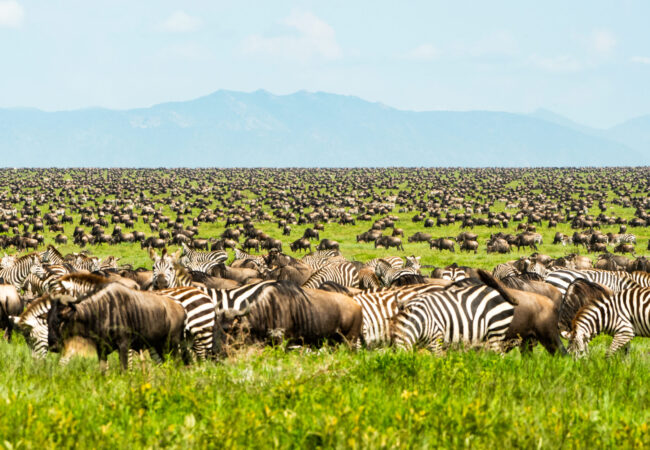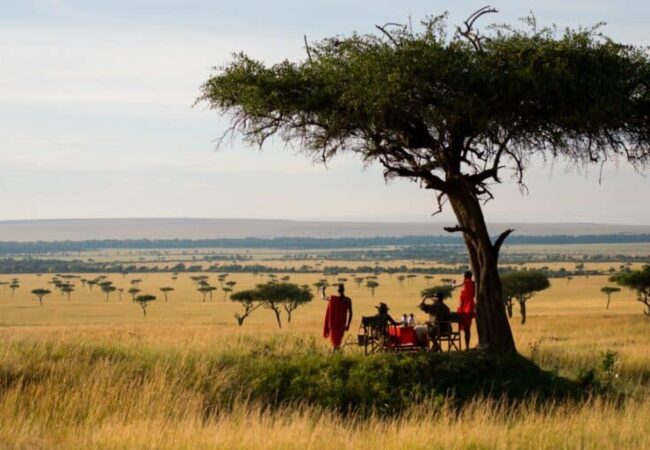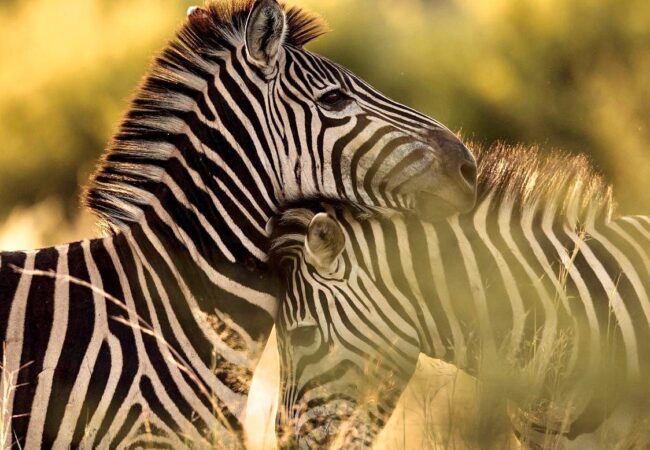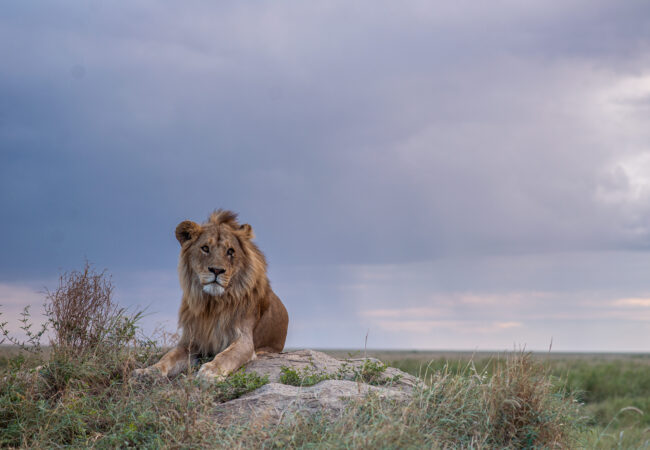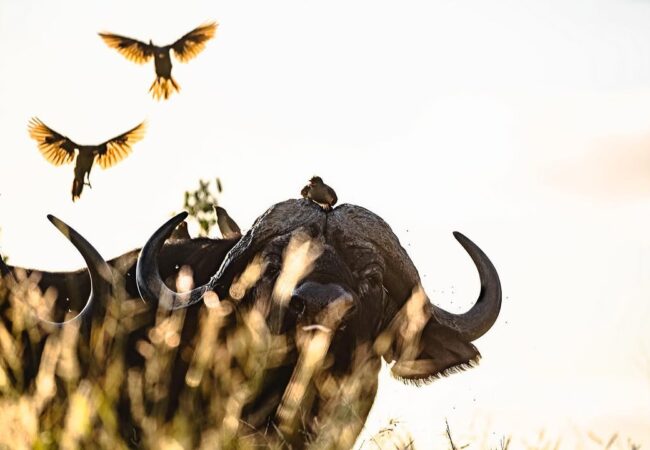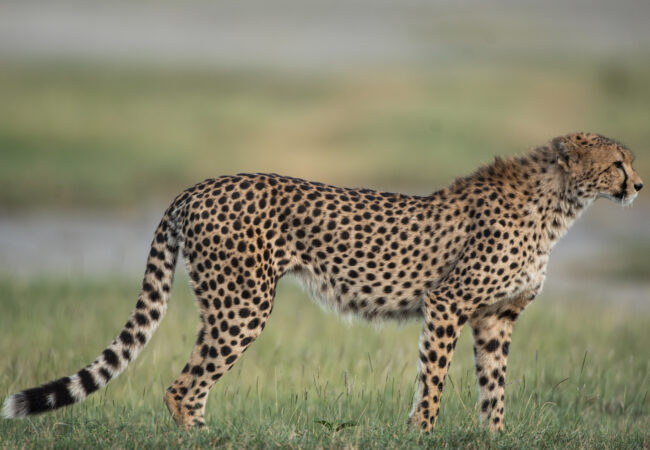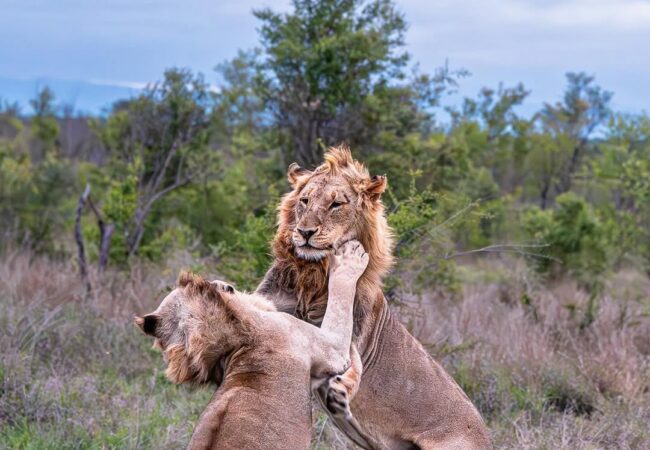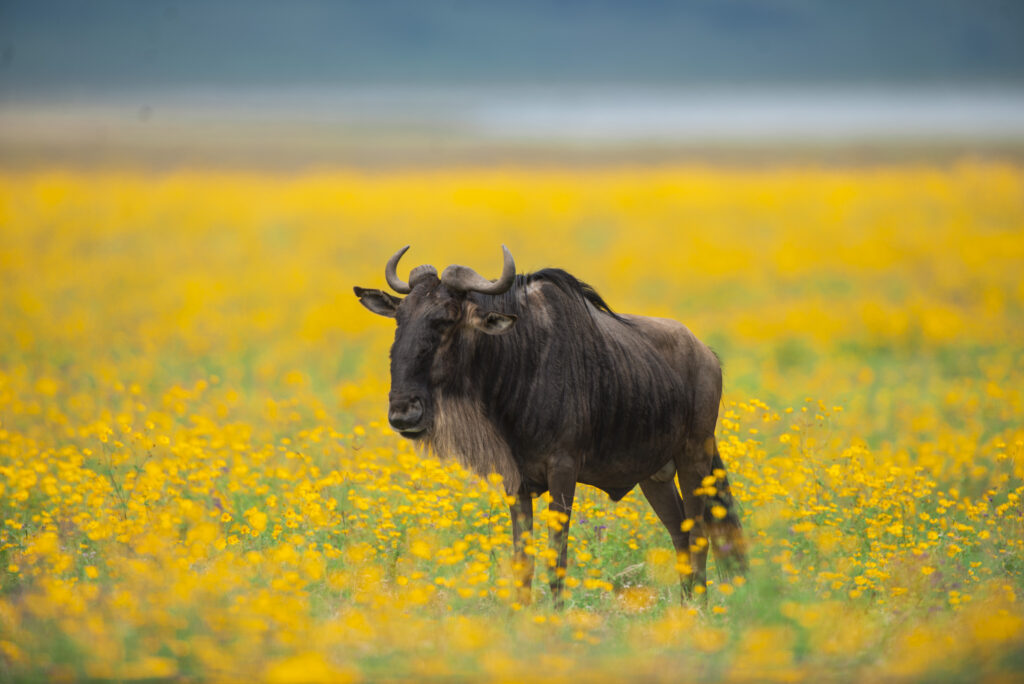
When planning a safari in Tanzania, one destination is often considered a must-see — Serengeti National Park. Known worldwide for its vast plains and breathtaking wildlife, this iconic park has been admired for decades. Moreover, it is celebrated as the home of the Great Migration, where millions of wildebeest and zebras cross the savannah in search of fresh grazing grounds. As a result, travelers are drawn here not only for the incredible landscapes but also for the chance to witness one of nature’s most spectacular events. For those seeking the best time Serengeti visit, understanding the seasons will make the journey even more rewarding.
meaning of serengeti national park
Long ago, the endless plains of Serengeti National Park were shaped by nature’s rhythm. The Maasai people named it Siringet, meaning “the place where the land runs on forever.” Over time, this wilderness became famous for the Great Migration, where millions of wildebeest and zebras move in search of fresh grass. As a result, travelers from around the world have been drawn here, eager to witness the drama of predators and prey unfolding across the savannah. Moreover, the Serengeti is not just a park — it is a living story of Africa, written each day by the wildlife that roams freely.
Best Time Serengeti Visit
Choosing the best time Serengeti visit is an important step when planning your safari. Because the park offers unique experiences throughout the year, the answer depends on what travelers wish to see. Moreover, the Serengeti is not limited to one perfect season — instead, each period provides its own charm. As a result, understanding the weather, wildlife, and migration patterns will make it easier to decide when to travel.
Best Time Serengeti Visit for Wildlife Viewing
For many travelers, the best time Serengeti visit for wildlife viewing is during the dry season from June to October. This is when animals gather near rivers and waterholes, making them easier to spot. Predators such as lions, cheetahs, and hyenas are frequently seen following the herds. However, the wet season from November to May should not be overlooked, as newborn animals can be admired across the plains, and the scenery becomes lush and green. Therefore, the choice depends on whether one prefers action-packed predator sightings or the beauty of renewal in the wilderness.
Best Time Serengeti Visit for the Great Migration
The best time Serengeti visit for the Great Migration depends on which stage of this natural spectacle is most appealing. From January to February, the southern Serengeti hosts the calving season, when thousands of wildebeest are born and predators are drawn to the herds. July and August, the famous river crossings occur in the north, where dramatic scenes of survival unfold. Meanwhile, September and October remain rewarding as the herds continue to move across the Mara River region. Consequently, timing your trip around the migration ensures unforgettable safari memories.
Best Time Serengeti Visit by Weather and Seasons
Weather plays a major role in deciding the best time Serengeti visit by weather and seasons. The dry season from June to October is often preferred for clear skies and excellent game drives. On the other hand, the long rains from March to May bring fewer tourists and lower prices, although some roads may be difficult to access. Finally, the short rains in November and December refresh the grasslands, creating dramatic landscapes and excellent photography opportunities. Therefore, travelers should align their trip with both safari comfort and seasonal highlights.
Month-by-Month Guide: Best Time Serengeti Visit
January – February
Calving season begins in the southern Serengeti. Thousands of wildebeest are born, and predators are drawn to the herds. Therefore, it is an exciting time for wildlife enthusiasts.
March – April
The park becomes lush and green due to the long rains. Although wildlife can still be spotted, travel is less crowded, and accommodations may be more affordable.
May – June
The herds start moving north, and the famous migration builds momentum. Moreover, the weather becomes drier, making game drives easier.
July – August
These months are often considered the best time Serengeti visit for the Great Migration river crossings in the north. However, it is also peak tourist season, so bookings should be made early.
September – October
The migration remains in the northern Serengeti. Clear skies and pleasant weather allow comfortable safari experiences. As a result, this period is very popular.
November – December
Short rains bring fresh grass, and herds begin returning south. Although some days are wet, the park is less crowded, and photography is stunning with dramatic

